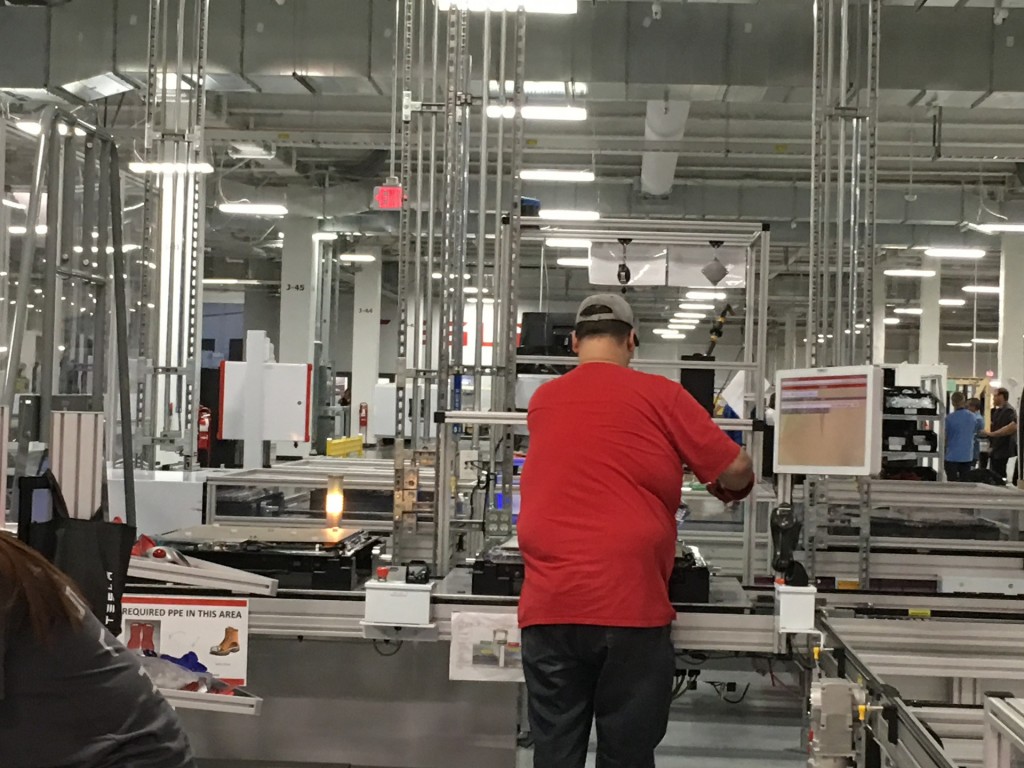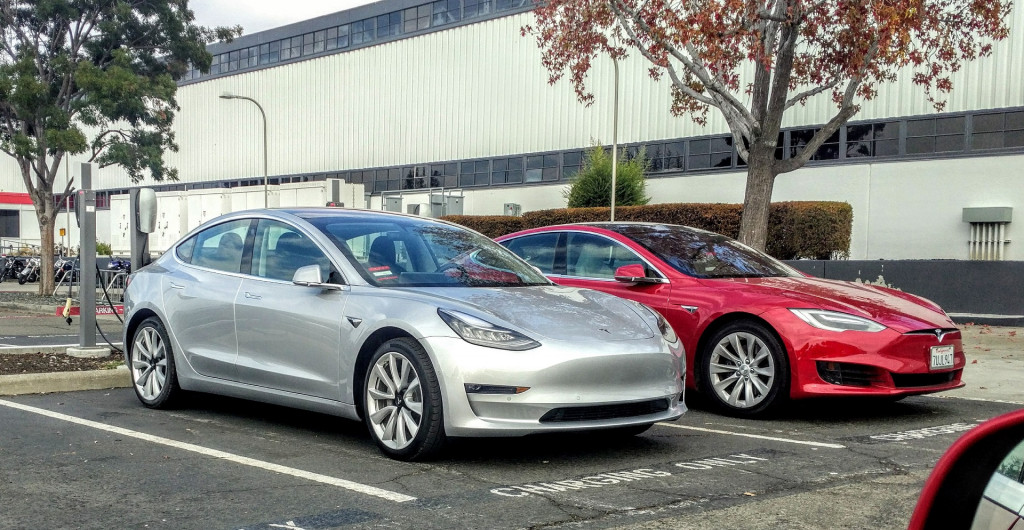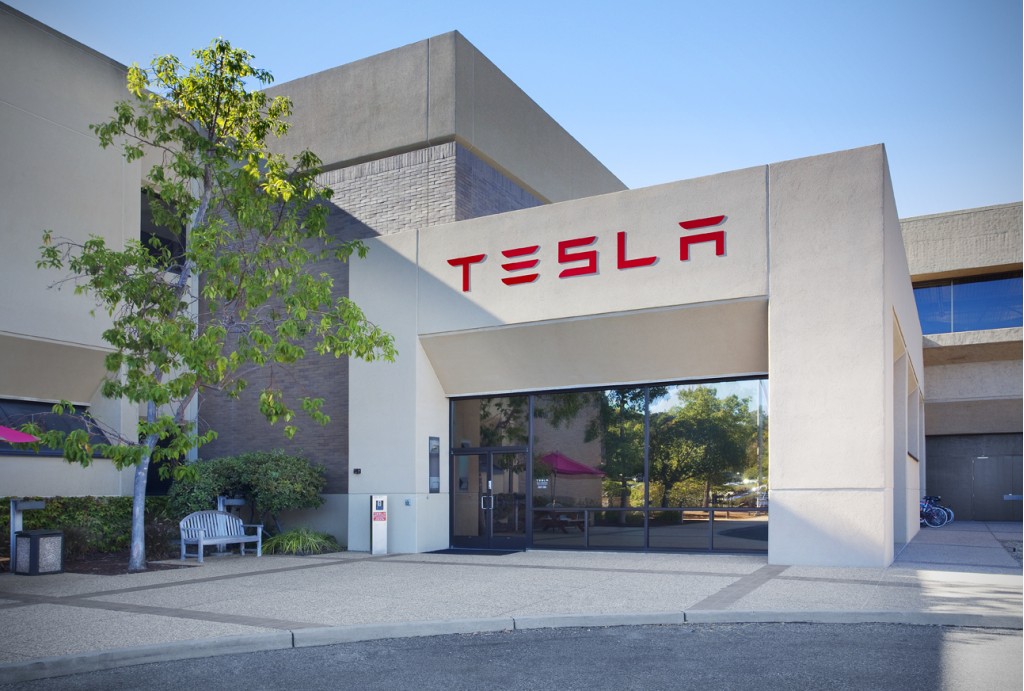At this point, a majority of the global auto industry agrees that Tesla and its electric cars have had a remarkable impact in less than 10 years.
Founded 15 years ago by two Silicon Valley engineers, Tesla won funding from venture capital, private investment, and government loans that totaled billions of dollars.
In that time, short by auto-industry standards, it has built and sold a couple of hundred thousand highly desirable all-electric cars and built a hugely valuable global brand.
CEO Elon Musk has become a global star, seen—as Thomas Edison was in his day—as an engineer and inventor who creates new technologies to make the world a better place. (For the record, however, he didn't actually found the electric-car company.)
Tesla has lost money every year since its founding, and the likelihood of its survival as an independent business remains highly debatable.
A few industry analysts have suggested Tesla's fourth-quarter loss, to be disclosed in early February. could reach $1 billion.
Equally debatable is what the company actually does.

Tour of Tesla battery gigafactory for invited owners, Reno, Nevada, July 2016
It's a carmaker, clearly, but one that also sells home energy-storage batteries—and after its November 2016 purchase of Solar City, it's also a solar-energy company.
As a carmaker, it's missed every deadline it's first announced for the launch of new models.
Every one of its four vehicles to date has had a prolonged, lumpy, troubled launch as it works out quality glitches, though its earliest buyers seem willing to be used as unpaid beta-testers.
But lost in the day-to-day debates is one remarkable fact: Tesla said in 2006 what it would set out to do—and then did just that. (Through a major global economic recession, to boot.)
In August 2006, Musk published "The Secret Tesla Motors Master Plan (just between you and me)," which remains online today.
It said Tesla's "overarching purpose" and "long-term plan is to build a wide range of [electric car] models, including affordably priced family cars."
In essence, the company prototyped its technology in a small number of expensive but very desirable sports cars (the 2008-2012 Roadster) before moving on to its first volume car (the 2012 Model S, still in production today).
The 10-year goal was to get to an "affordably priced" family car, and the company is arguably there.

2017 Tesla Model 3 and Model S in Tesla assembly plant parking lot, Fremont, CA, November 2017
While you can debate whether an all-electric BMW 3-Series competitor now selling only in versions costing $45,000 or more is a family car, the Model 3 remains the only sleek all-electric sedan on the market with a 200-plus-mile range that's below $50,000.
Competing vehicles, including the 238-mile 2017 Chevrolet Bolt EV and the 150-plus-mile 2018 Nissan Leaf, are compact hatchbacks and far more utilitarian in nature than the Model 3.
This year will tell whether the Model 3 can get to the high-volume production that could let Tesla break even. The company recently pushed back its 5,000-cars-per-week goal again, to the end of June 2018.
Granted, there are a few parts of the Master Plan that didn't quite make it: relatively few Tesla buyers are likely "energy positive" and producing more renewable energy than they and their cars together consume.
Still, even if the company were to go belly-up next month, it would have had a lasting impact on the world's auto industry, not to mention its ability to start cutting the carbon emissions of personal road transport.
As Navigant Research analyst Sam Abuelsamid wrote last month, "Even if it doesn't survive, the Tesla vision has already won."
We learned this morning that CEO Elon Musk plans to stay at the helm for another 10 years; he told The New York Times his compensation will be entirely tied to a series of benchmarks and increases in Tesla's overall market capitalization.

Tesla Motors, Palo Alto, California
So what does Tesla plan for its next 10 years? Oh, that's already been revealed.
Exactly 10 years after its first "secret master plan" was published, it issued its "Master Plan, Part Deux."
Advocates, analysts, and onlookers may want to read through it in light of the company's track record to date.
_______________________________________













